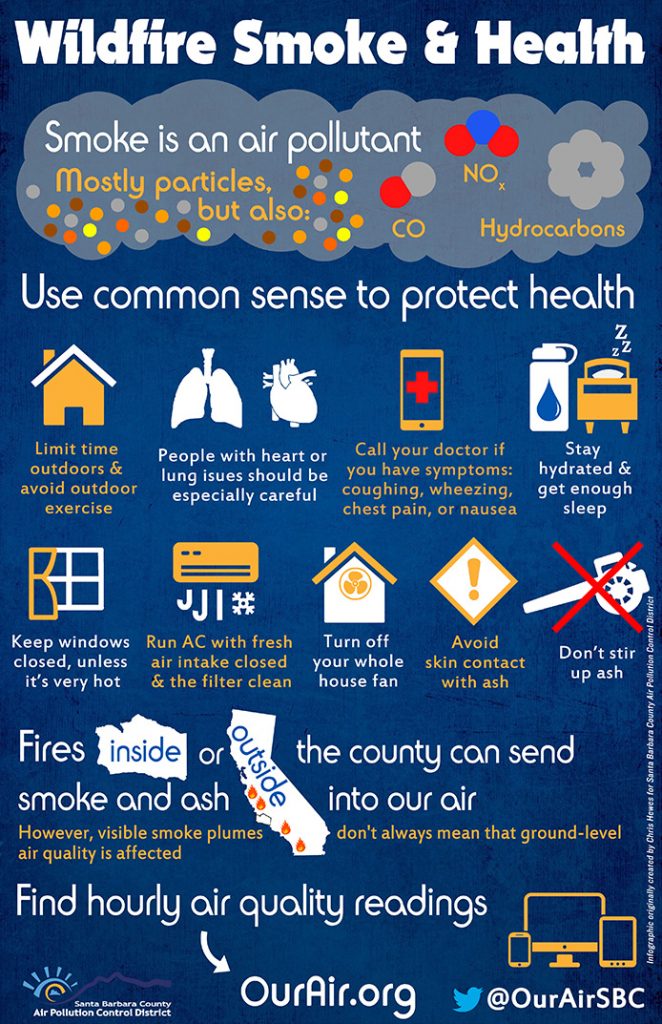Kinds Of Hernias That Require Surgical Intervention

Authored By-Sherman Boisen
* Inguinal rupture: An outcropping of tissue through a weakened location in the abdominal wall surface, usually on one side of the groin.
* Hiatal hernia: An outcropping of the tummy via the diaphragm and right into the upper body cavity.
* Umbilical rupture: A lump near the stubborn belly button that takes place when a damaged location in the stomach wall allows fat or various other tissue to push via.
* Ventral rupture: A bulge that takes place when a damaged location in the abdominal wall surface allows fat or various other tissue to press through, often near a previous medical incision.
* Incisional rupture: A bulge that takes place when a weakened location in the stomach wall enables fat or various other cells to press through, usually near a previous surgical laceration.
It is important to note that not all hernias require surgical procedure, yet these kinds do. If you believe you have a rupture, it's important to speak with a health care professional for correct diagnosis and treatment.
So, you have actually been experiencing some pain recently, and after an extensive assessment, your medical professional has figured out that you have a hernia. Currently, before you begin panicking, it's important to recognize that not all hernias need surgical intervention.
However, there are certain kinds that do, which's what we're right here to review. From inguinal ruptures to umbilical hernias and also hiatal ruptures, every one offers its very own unique challenges and considerations.
However allow's not be successful of ourselves just yet. We'll dive into the specifics soon sufficient.
Inguinal Hernias
If you're experiencing discomfort and pain in your groin location, you might have an inguinal hernia that requires medical intervention. An inguinal rupture happens when a part of the intestine or fat pushes with a weak spot in the inguinal canal, which is located in the lower abdominal area.
This type of hernia is a lot more common in men than females and can be triggered by aspects such as heavy lifting, straining throughout defecation, or persistent coughing. Where Is Hiatal Hernia Surgery and symptoms of an inguinal rupture include a bulge in the groin location, pain or pain when coughing or lifting, and a sensation of pressure or weak point in the groin.
If left without treatment, an inguinal rupture can result in problems such as digestive tract blockage or strangulation, which is why surgical treatment is needed to fix the rupture and prevent additional complications.
Umbilical Hernias
Do you understand what an umbilical rupture is and how it can be treated operatively?
An umbilical hernia takes place when a part of the intestinal tract or stomach tissue protrudes via a vulnerable point in the abdominal wall near the tummy button.
If you have an umbilical hernia that requires medical treatment, here are three treatment alternatives to take into consideration:
- Hernia repair work surgery: This is one of the most typical therapy for umbilical ruptures. Throughout the treatment, the specialist will certainly make an incision near the hernia and push the extending cells back into place. They'll after that enhance the stomach wall surface utilizing stitches or a mesh patch.
- Laparoscopic surgical treatment: Sometimes, a minimally intrusive strategy called laparoscopic surgical procedure may be used. This technique includes making small cuts and utilizing a cam and specialized devices to fix the rupture.
- Open up surgery: In even more complicated instances, open surgical treatment might be necessary. This involves making a bigger laceration to access and fix the rupture.
Hiatal Ruptures
A hiatal rupture occurs when part of the tummy sticks out via the diaphragm right into the chest cavity. This type of rupture is relatively usual and frequently requires surgical intervention.
Hiatal ruptures can be categorized into 2 main kinds: gliding and paraesophageal hernias. Gliding hernias are the most typical and happen when the reduced part of the esophagus and the top of the stomach slide up right into the upper body through the hiatus, a little opening in the diaphragm.
On https://writeablog.net/corrina00mila/breaking-hernia-surgery-misconceptions-your-leading-inquiries-adeptly , paraesophageal ruptures are less common but extra serious. In this type, a portion of the stomach presses via the hiatus along with the esophagus, causing possible problems like gastric volvulus or strangulation.
Surgical fixing is usually needed to deal with hiatal ruptures and ease symptoms such as heartburn, chest discomfort, and trouble swallowing.
Verdict
So there you have it, the different types of hernias that need surgical treatment.
One instance of a hernia instance that needed surgical treatment is John, a 45-year-old man who struggled with an inguinal hernia. Regardless of his initial pain and concern, John went with medical treatment.
The procedure succeeded, and he experienced a full recovery, allowing him to go back to his normal tasks with no more complications.
Keep in mind, it is very important to talk to a medical care professional if you believe you might have a rupture that calls for surgical treatment.

